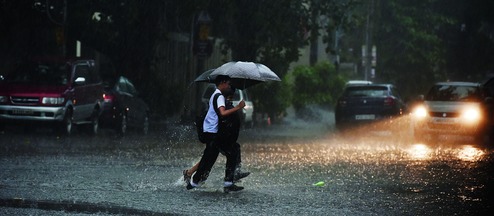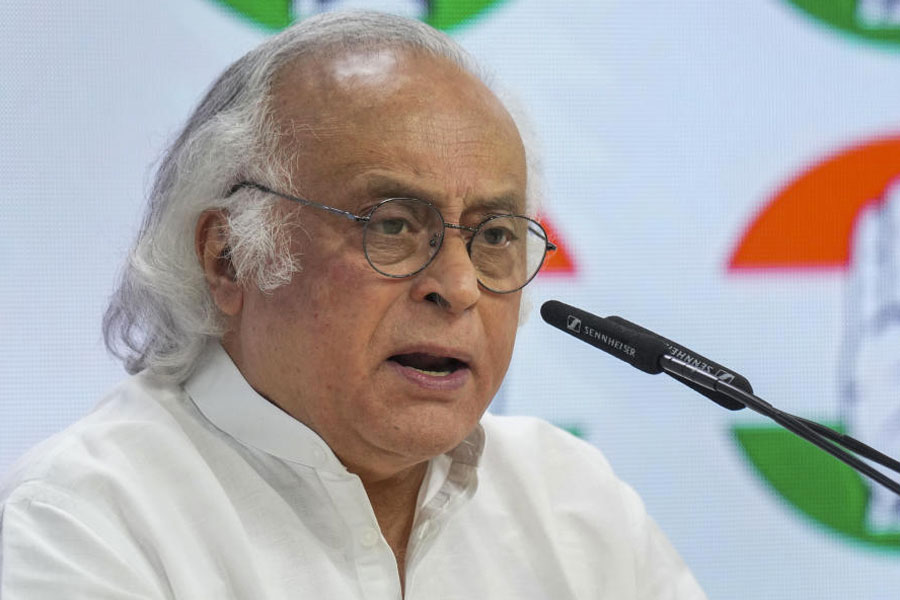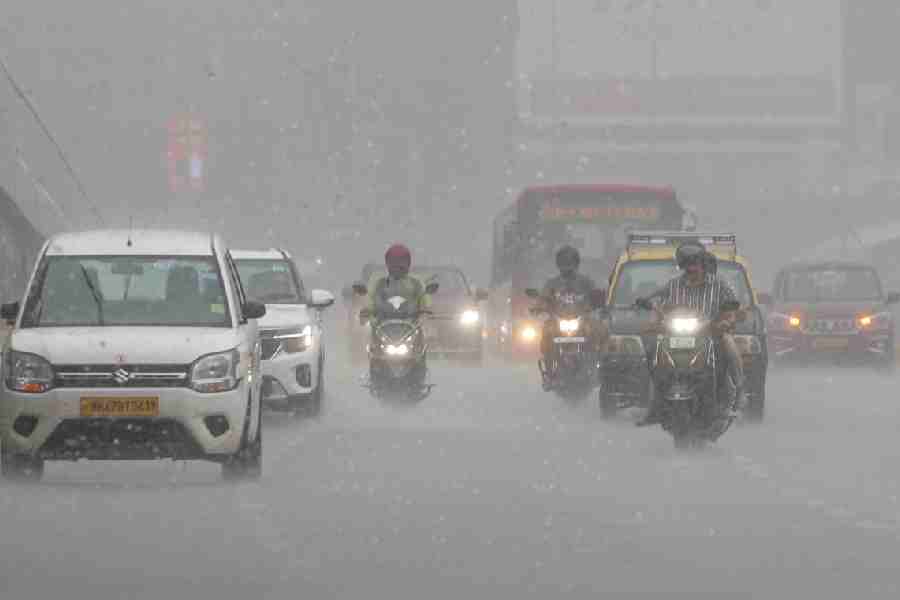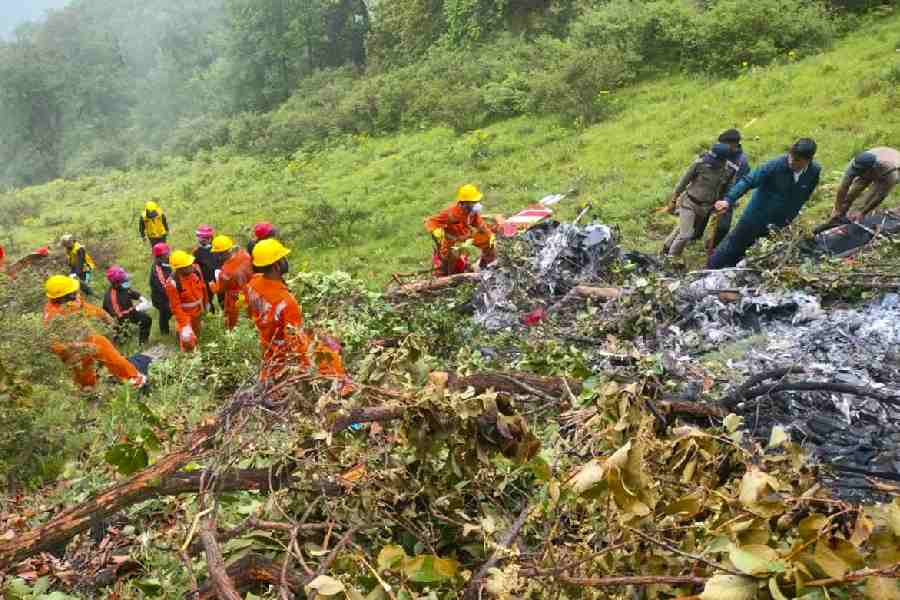
Calcutta: Take a deep breath if you want to know the chances of lightning as clouds gather above the city.
Rising air pollution levels could be contributing to an increase in the frequency and intensity of lightning strikes, according to scientists in Nagpur and Calcutta researching the connection.
Their studies have corroborated what they say is a disturbing "positive association" between air pollution and lightning flashes - a cycle in which pollution adds to lightning and each flash itself adds to more pollution.
Anirban Middey of the National Environmental Engineering Research Institute, Nagpur, has shown that an increase in the load of aerosols, or tiny particulate matter (PM), in the atmosphere and clouds of ice crystals and water stimulates lightning discharge.
How this happens
Clouds carry charges, courtesy rubbing of tiny particles inside what are known as hydrometers. The big hydrometers carry a negative charge and the small ones a positive charge.
Lightning occurs when separation of charges takes place inside clouds.
Larger the separation, higher the intensity of lightning. Studies show that as suspended PM-bearing nitrates, sulphates or chlorides and metals such as arsenic, potassium or nickel rise into the atmosphere, they help create aerosol-loaded clouds.
Aerosol-loaded clouds are dangerous. "Pollutants in the clouds contribute to bigger separation of charges," Middey told Metro.
He has analysed satellite and ground-based data to understand how moisture levels and vehicular pollution might influence lightning.
His study has shown that the patterns of charge separation in the clouds over Calcutta are resulting in an increased number of lightning strikes. High pollution levels contribute to both increased frequency and intensity of lightning.

Picture by Bishwarup Dutta
Scientists also point out that flashes of lightning produce nitrogen dioxide, which itself is a source of pollution.
"Air pollution and lightning feed on each other," Middey said. "More the level of pollution, higher the chance of lightning during pre-monsoon and monsoon showers. And more the flashes of lightning, higher the pollution through nitrogen dioxide."
The studies over Calcutta have shown that this reciprocal relationship is particularly observed during the pre-monsoon and monsoon months.
Sutapa Chaudhuri of the Institute of Environmental and Atmospheric Sciences at the University of Calcutta has co-authored research papers on the subject with Middey. "The effects of air pollution will be disastrous for the city. Aerosol loading in the atmosphere not only cause increased lightning flashes, but these flashes also release nitrogen oxide in the environment," she said.
Environmental scientists have long worried about vehicular pollution in the city carrying bigger danger than is commonly thought. One analysis in February revealed that the air quality index then was worse than that of Delhi. Pollution control board data showed that Calcutta's average air quality measured through concentrations of PM2.5 - particles that can penetrate the deepest recesses of the lungs - was 260. Delhi's average the same month was 243.
Chaudhuri has collaborated with Middey in studying what they call "a reciprocal relationship" between air pollution and lightning flashes.
The oxides of nitrogen can react with gases in the atmosphere and raise surface ozone levels, also increasing the risk of respiratory distress and skin cancer, Middey said.











